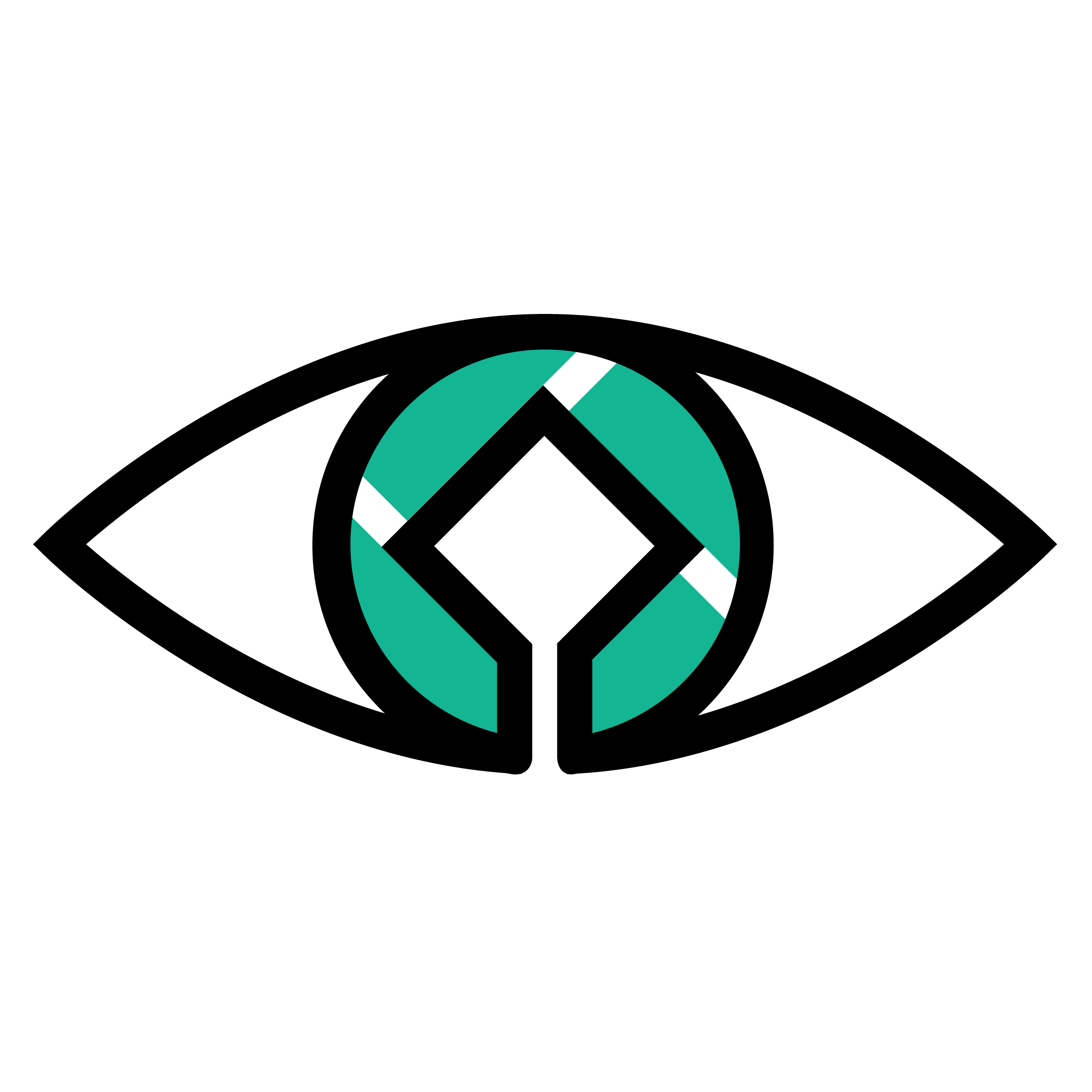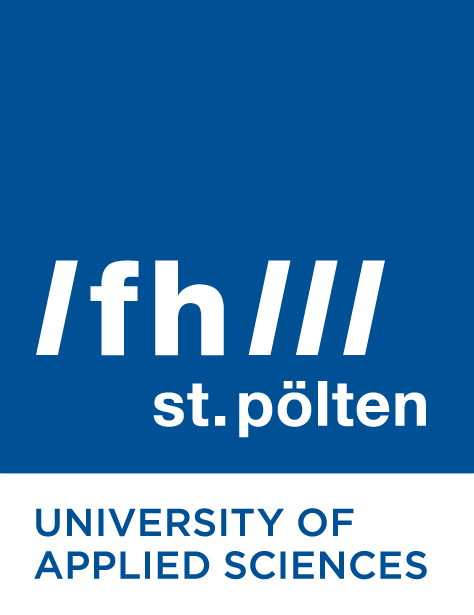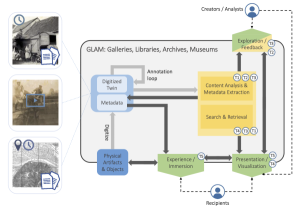Visual Analytics and Computer Vision Meet Cultural Heritage
The possibilities for preserving our cultural heritage have made enormous progress through digital technologies. Visual media such as historical photographs and amateur films are important components of the media collections created by digitization. To capture the contents of these collections and gain new insights, it takes methods that combine efficient automated data analysis with the expertise of specialists. Our joint doctoral program explores approaches to automatic image analysis and visualization to access historical media collections and make them accessible to a wide range of users. The central aspect here is the interdisciplinary approach between computer science and the humanities.
Motivation & Goals
Collections of digitized cultural artifacts offer immense potential to increase the knowledge of our heritage. However, the systematic analysis and presentation of historical photographs and amateur films are still strongly limited. This impedes the analysis, interpretation, and subsequent preservation of human cultural history. Our doctoral program aims to close basic and applied research gaps through an innovative combination of human-in-the-loop computer vision and visual analytics to advance interactive analysis, exploration, and presentation of historical visual media collections.
Doctoral Program & Embedding
The program offers a unique opportunity for doctoral students to perform problem-driven research. The topics complement each other in terms of visual and computational methods, focused on content creation, exploration, and experience. They aim to facilitate the preservation of cultural heritage by making data more accessible through metadata, enabling rich analysis for historians, and creating engaging ways to make the knowledge gained accessible to expert and lay users. Each topic is supervised by a team of researchers, including both applying institutions as well as an associate faculty member. A comprehensive education and training program spanning both institutions is provided. The core faculty, the associate faculty, and the scientific advisory board contribute domain expertise in visual computing as well as cultural heritage. Each student will spend at least six months at the other institution to immerse themselves in different research organizations on a daily basis.
Faculty & Institutions
The core faculty consists of seven high-profile researchers from FH St. Pölten and TU Wien at different career levels. The associate faculty consists of four cultural heritage experts and the scientific advisory board includes two further cultural heritage experts as well as three experts from visual computing.
Added Value
For students, the program provides a unique platform to develop interdisciplinary skills within and beyond the two institutions. The program works with real users, real data, and real services, so students can work interdisciplinary and connect real-world requirements to real-world services and solutions. It allows a perfect synergy between applied and basic research. In addition, the program combines two research domains where Austrian researchers exhibit excellent international visibility.
- Technische Universität Wien






